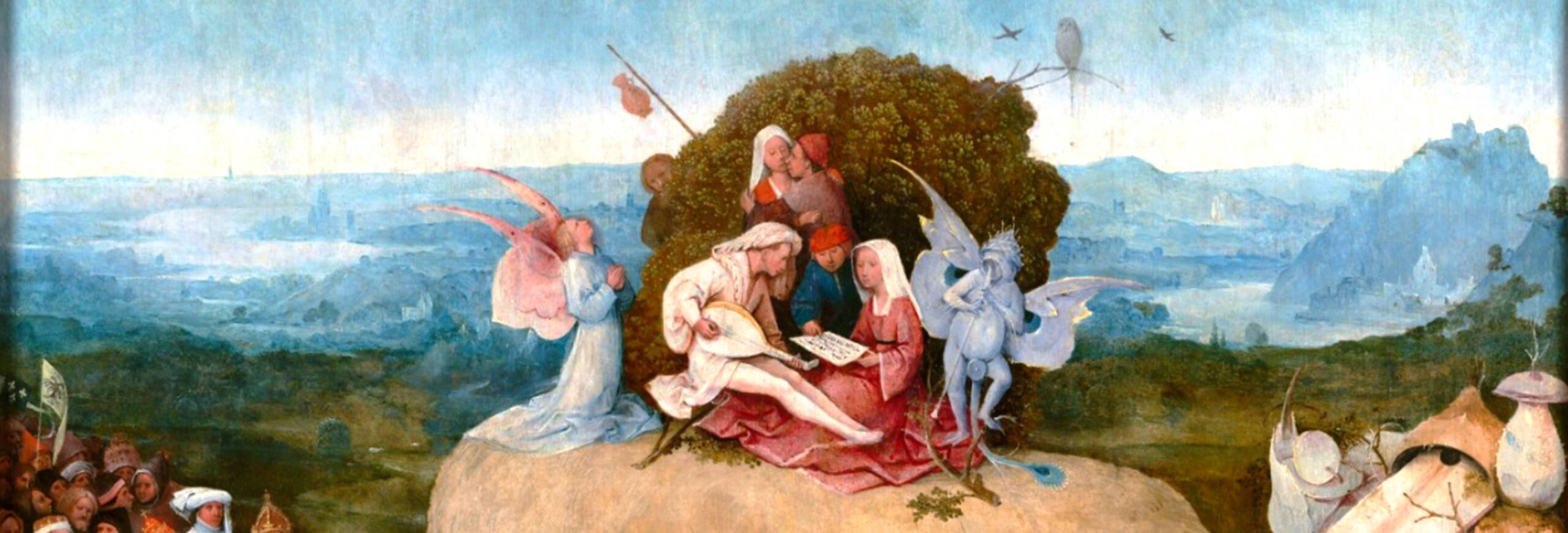
The current building of York Minster was founded in c. 1225 and added to for many centuries, as is typical for a medieval church. During that period, depictions of medieval and renaissance musicians were carved in stone and crafted in stained glass. There is also an actual musical instrument on display, an oliphant from c. 1030 (pictured above).
This article, the first of two about York Minster’s rich musical iconography, is a chronological guide from c. 1030 to 1915, a span of nearly 900 years. The dates, locations and instruments are:
• c. 1030, the crypt – oliphant
• c. 1290–1350, the south wall – pipe and tabor
• c. 1310, the south window – harp
• 1405–08, the Great East Window – trumpets
• c. 1470s–80s, the central tower – gittern, lutes, fiddle, nakers
• c. 1803–35, the quire – gittern
• c. 1820, the south quire aisle – violin
• 1903–1915, east walls of the north and south transepts – harp, timbrel, portative organ
Each representation of an instrument is photographed, with a description and a video of the instrument being played.
There is one location missing from the list above, so densely populated with instruments that it is described in a second dedicated article: the magnificent pulpitum or Kings Screen, 1473–1500, with 56 carvings of 20 different instruments, including shawms, bagpipes, trumpets, transverse flute, recorder, double recorder, lutes, bray harps, gitterns, rotas, fiddles, symphonie, tromba marina, portative organs, positive organ, clavicimbalum, cymbals, fool’s percussion, triangle, nakers, and singers. The second article is available here.















